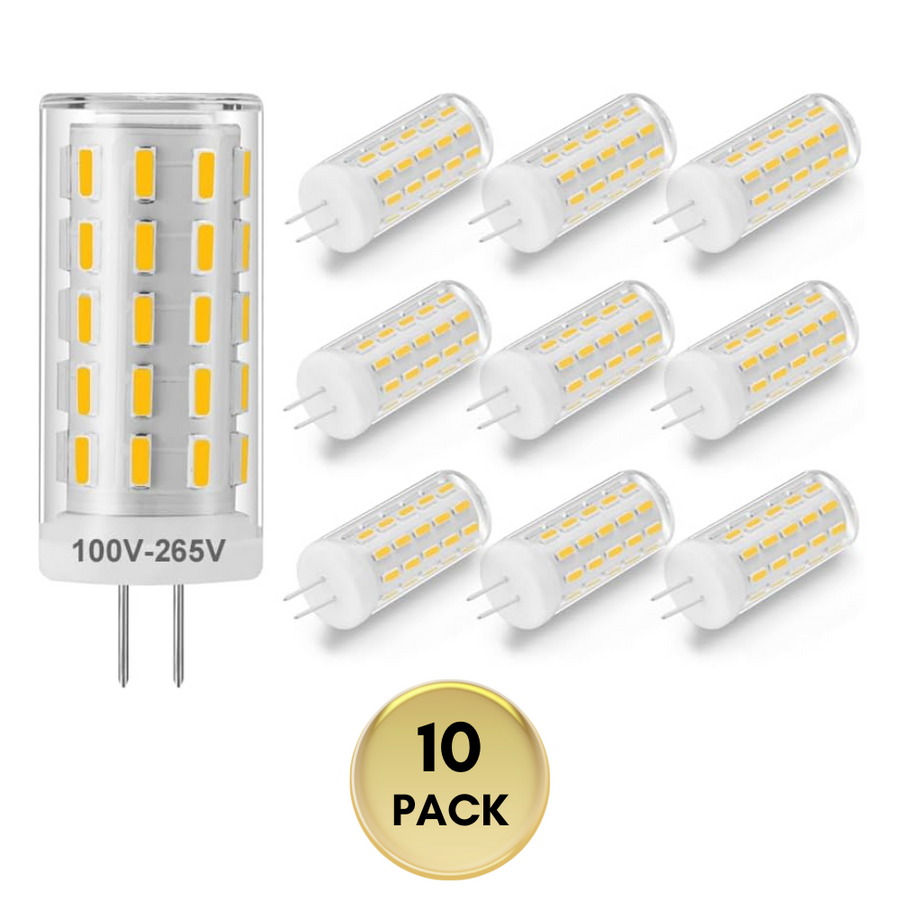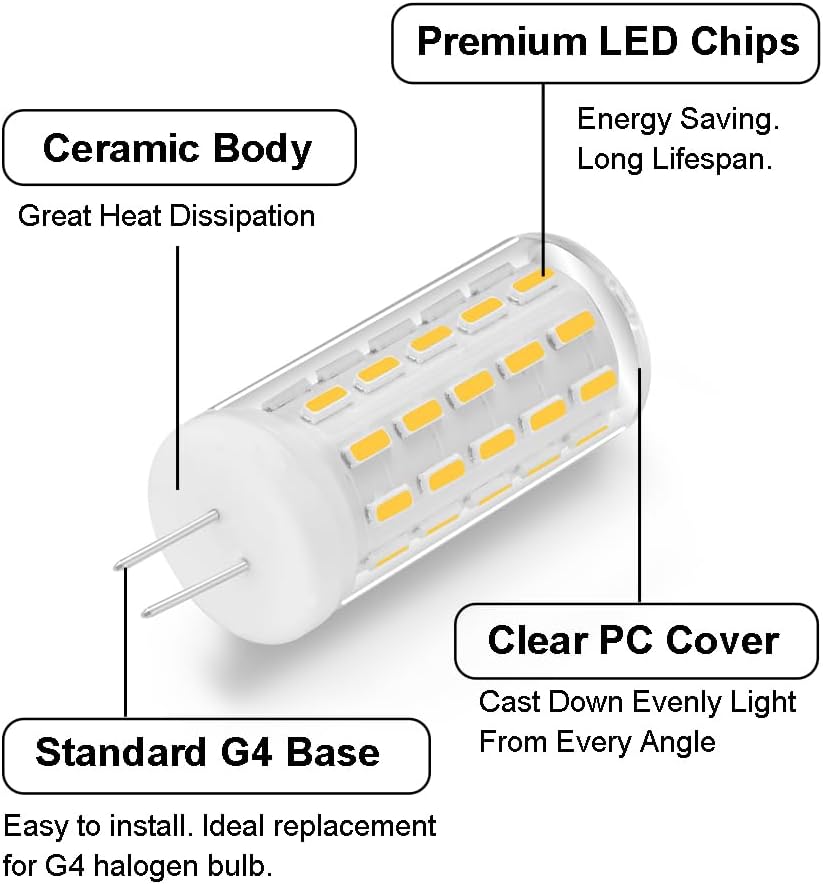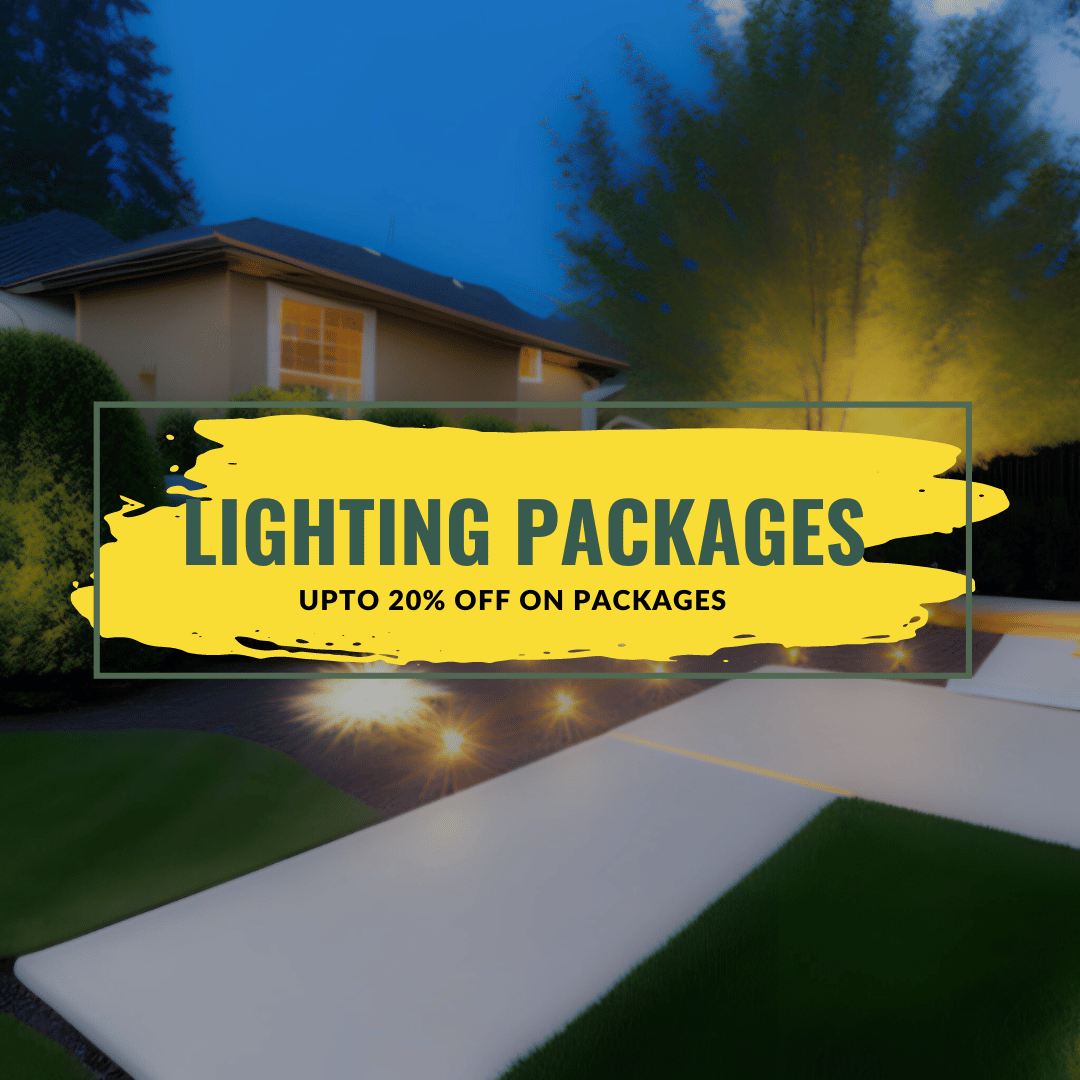Wattage, Amperage & Voltage: The Technical Basics Every DIY Landscape Lighting Installer Should Know
If you’re planning to design or upgrade a low-voltage landscape lighting system, understanding a few key electrical terms will save you time, money, and frustration. The trio of wattage, amperage, and voltage defines how well your system performs — and whether your components are safely matched.
At Sun Bright Lighting, we’re committed to helping DIY installers build professional-quality systems with confidence. Let’s break down the essentials.
⚡ 1. What Is Voltage? (And Why Low Voltage Is Best)
Voltage measures electrical pressure. Outdoor lighting systems operate at 12 volts, supplied by a transformer that reduces your home's 120V power.
Low voltage offers:
-
Safer installation
-
Lower energy use
-
Compatibility with LED fixtures
-
Better long-term reliability
But voltage must remain stable throughout the system — otherwise lights may appear dim or inconsistent.
💡 2. What Is Wattage?
Wattage represents how much energy your fixtures consume. It’s also how you calculate the size of your transformer.
LEDs vs. Halogen Wattage:
-
LED fixture: 3W – 7W
-
Halogen fixture: 10W – 35W (often much hotter and less efficient)
Lower wattage fixtures allow you to run more lights on the same transformer while keeping energy bills down.
🔌 3. What Is Amperage?
Amperage is the amount of current flowing through your wires.
The relationship:
Amps = Watts ÷ Voltage
Example:
8W LED at 12V → 8 ÷ 12 = 0.67 amps
Understanding this helps you ensure your wire gauge is appropriate for the total load.
🧵 4. Wire Gauge and Its Electrical Role
If your amperage load is too high for the wire size, you risk:
-
Overheating
-
Voltage drop
-
Dimming lights
-
System failure
Recommended wire sizes:
-
12-gauge → most common
-
10-gauge → long runs or high wattage
-
14-gauge → small runs with few fixtures
Sun Bright Lighting recommends using direct-burial wire rated specifically for outdoor conditions.
🔋 5. Choosing the Correct Transformer
Your transformer must support the entire wattage load of your lighting system.
To calculate transformer size:
-
Add total wattage of all fixtures
-
Multiply by 1.25 (extra headroom)
-
Choose the next transformer size up
Example:
Total fixtures = 80W → 80 × 1.25 = 100W → Choose 120W or 150W transformer
Selecting the right transformer prevents flickering, dimming, and premature component failure.
🌐 6. Matching Components for a Safe, Efficient System
Understanding these electrical basics helps you correctly match:
-
Voltage output of transformers
-
Wattage rating of fixtures
-
Wire gauge
-
System layout
A well-matched system shines brighter, lasts longer, and requires fewer repairs.
🌟 Build a Better Lighting System with Sun Bright Lighting
Knowing wattage, amperage, and voltage puts you in control of your outdoor lighting.
Whether you're installing a few path lights or designing a full estate layout, the right components make all the difference.
💡 Shop transformers, LED bulbs, wiring, and durable outdoor fixtures at SunBrightLighting.com — where quality meets clarity.










